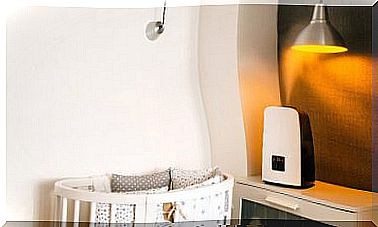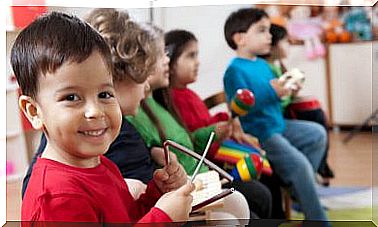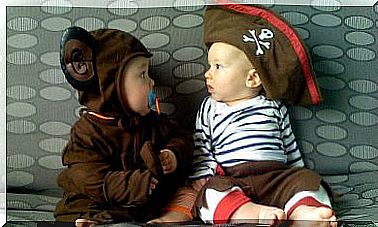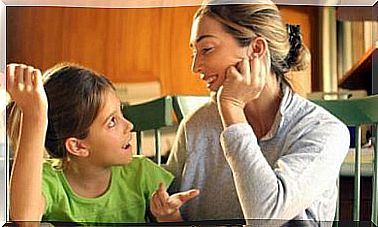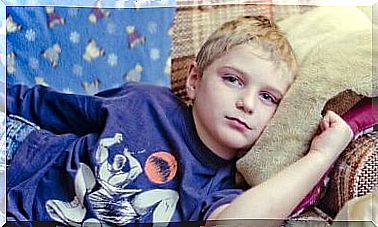7 Extremely Creative School Habits

Many educational currents today raise the issue of obsolescence of the current system. The idea of keeping students seated for hours and seeing them as mere recipients of information seems to them an outdated and ineffective view. Next, we’ll look at the habits of the extremely creative schools that do away with this system.
The latest theories highlight the value of creative, critical, collaborative, and motivating learning. Today’s education experts say that educational priorities must fit the needs that the society of the future will impose on students.
These needs, like the world at large in the last ten years, have undergone radical changes. It is said that, in a short time, the abilities of creation, critical analysis and entrepreneurship, among many others, will equal or surpass in importance the technical knowledge itself.
7 habits of extremely creative schools
As a result of what was commented above, there are educational institutions that proposed to change this paradigm. So, they implemented simple actions, many of them everyday, that represent an important change for the students. See below the habits of extremely creative schools that deserve to be highlighted:
1. Celebrate and reward collective achievements
The world increasingly needs teamwork. Furthermore, it has been proven that students learn better collectively than individually.
As a result, encouraging and rewarding the good results achieved based on collaboration is an excellent step to encourage this way of acting.
2. Not focusing on specialization
Rather than compartmentalizing teaching into rigid areas, these schools combine multiple areas of knowledge into a single activity. This process is called multidisciplinarity. Projects that involve multiple disciplines are a great strategy in this regard.
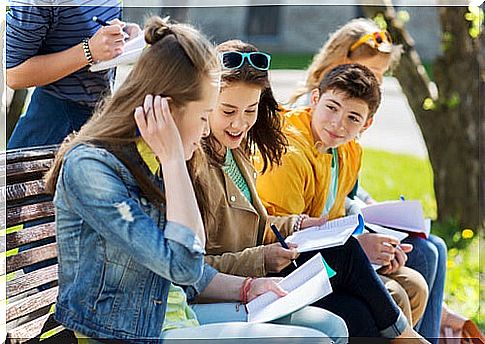
3. Encourage children to take risks and value failure
Suppressing the child or youth for unexpected results is not beneficial at all. On the contrary, failing is very important to learn from mistakes and improve what is necessary.
This often does not happen, as most parents are afraid of damaging their child’s confidence or self-esteem. Therefore, they don’t point out the errors as they should. What’s worse, many don’t even allow their children to make mistakes because they do everything for them.
This type of school knows the importance of tests and mistakes. So instead of avoiding all kinds of risks or mistakes, your students are free to be creative. If something goes wrong, they correct it and learn from it.
4. Students are not passive consumers
The habits of extremely creative schools seek just the opposite. They know that bombarding and pressuring students with data, numbers and formulas is not the best way to teach.
Instead of this vertical transfer, modern schools try to propose a construction of knowledge based on research and observation. Activities should preferably be collective and voluntary. Therefore, ‘learning by doing’ (the acronym LBD, learning by doing ) and ‘ learning by doing ‘ (APB) are common terms.
5. Have intrinsic learning incentives
Traditional education has a somewhat ‘primitive’ method of rewarding good results. With that, we want to express that their methods have been the same for a long time. In other words: notes, tributes and bags.
This new model of institution, on the other hand, favors the learning that occurs due to the person’s own motivation. In other words, there is a real interest in knowing, improving, creating and discovering.
6. Stimulate creative disciplines
Disciplines such as art, music, design or literature are gaining more and more space in renowned institutions around the world. In fact, they recover it, because for decades these disciplines lost space to mathematics, philosophy and science.
The benefits of activities that require the exercise of visual thinking are many. Among them, they enhance attention, concentration, knowledge retention and improve, to a great extent, the capacity for expression.
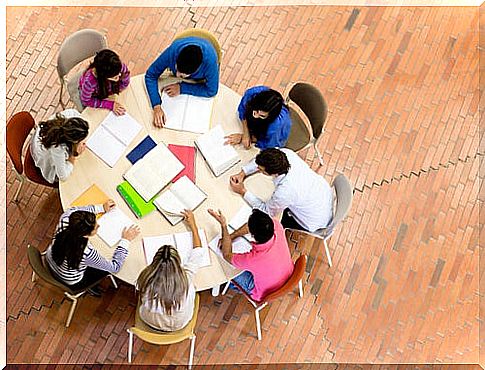
7. Provide the necessary environment to stimulate the imagination
As well as the ability of teachers and working together with students, young people do better when the environment allows. So, instead of classes indoors and with artificial light, it is necessary to provide open, ventilated and cheerful spaces.
For this, you can even request that young people participate in the setting process. It will be an excellent exercise for imagination and creativity. In addition, they will have the advantage of being able to adapt the spaces to their own tastes, always, of course, within the parameters that must be respected.
The habits of extremely creative schools have produced great results so far. Undoubtedly, these are measures that will gradually become more frequent. Who knows, in the future, they will be considered ‘normal’ when talking about educational models.
